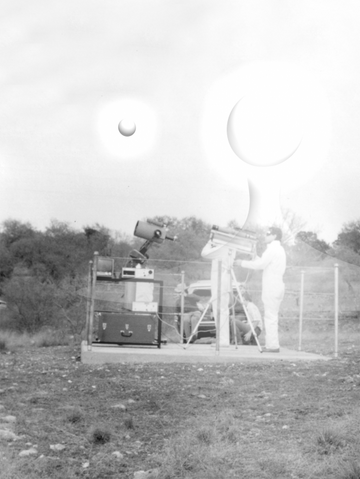Polterwurst
Paranormal Adept
Oops... posted this in the wrong thread first....
As for the show, just great. I mean, interactive radio, how cool is that?
I really hadn't realized the full extent of societal changes and global progress through the internet until I listened to a UFO research veteran on the other side of the Atlantic answering questions I had asked only a short while before. If someone had told me that ten years ago, I would have called him plain crazy.
It's a shame that there don't seem to be any surviving legends or passed-down traditions about the origins of these discoid game pieces, especially the saucer-shaped ones. I think the "catholic priest analogy" is all too accurate. So once more, we are left with something that looks like it might be a clue but all we can do is speculate.
Chris actually asked a question I was a little reluctant to ask, about the authenticity of the more saucer-like artifacts and their archaeological discovery. I mean, the simpler versions are obviously genuine. And with these saucer-like ones I'd think that it would be quite difficult to fake them, to work with the materials they are made of and artificially ageing them. As official science wouldn't be impressed by these shapes, there wouldn't be much motivation for it. It wouldn't really pay off, I guess.
All in all I think the show was very informative and interesting. I do like to hear about the history of UFO research in the US, the subject always having been somewhat of a taboo here in my country. I really hope Mr Stanford gets his wealth of recordings, pictures and findings out soon and that the books / DVDs etc. will be available here in Germany too.
Oh and Mr Stanford, don't get me started on the possibilities of past lives, be it as a native american or other...
As for the show, just great. I mean, interactive radio, how cool is that?

I really hadn't realized the full extent of societal changes and global progress through the internet until I listened to a UFO research veteran on the other side of the Atlantic answering questions I had asked only a short while before. If someone had told me that ten years ago, I would have called him plain crazy.

It's a shame that there don't seem to be any surviving legends or passed-down traditions about the origins of these discoid game pieces, especially the saucer-shaped ones. I think the "catholic priest analogy" is all too accurate. So once more, we are left with something that looks like it might be a clue but all we can do is speculate.
Chris actually asked a question I was a little reluctant to ask, about the authenticity of the more saucer-like artifacts and their archaeological discovery. I mean, the simpler versions are obviously genuine. And with these saucer-like ones I'd think that it would be quite difficult to fake them, to work with the materials they are made of and artificially ageing them. As official science wouldn't be impressed by these shapes, there wouldn't be much motivation for it. It wouldn't really pay off, I guess.
All in all I think the show was very informative and interesting. I do like to hear about the history of UFO research in the US, the subject always having been somewhat of a taboo here in my country. I really hope Mr Stanford gets his wealth of recordings, pictures and findings out soon and that the books / DVDs etc. will be available here in Germany too.
Oh and Mr Stanford, don't get me started on the possibilities of past lives, be it as a native american or other...



 OMG !! It's two spheroid UFOs! No way these are photoshopped. Will you look at that!
OMG !! It's two spheroid UFOs! No way these are photoshopped. Will you look at that! 

 Nah, as above, only if you had more reason to believe that these game pieces have to do with UFOs, that would be a worthwile speculation. But as with the discoids, if there's not really much evidence, there is not much use to speculate. I guess I'll leave that to people like Mr Von Däniken and his followers, thank you.
Nah, as above, only if you had more reason to believe that these game pieces have to do with UFOs, that would be a worthwile speculation. But as with the discoids, if there's not really much evidence, there is not much use to speculate. I guess I'll leave that to people like Mr Von Däniken and his followers, thank you.